 Google’s Nexus phone program aims to combine top-end hardware and the latest Android software to create a flagship Android smartphone (and arguably, a developer phone). The first phone from the Nexus program was the Nexus One (HTC). Just recently Google has partnered with Samsung to bring the intuitively not intuitively named Nexus Two Nexus S to market. Does Google + Samsung = Success, or is the Nexus S being quickly superseded by other devices, even if they aren’t yet running the latest Android built? Step inside to find out.
Google’s Nexus phone program aims to combine top-end hardware and the latest Android software to create a flagship Android smartphone (and arguably, a developer phone). The first phone from the Nexus program was the Nexus One (HTC). Just recently Google has partnered with Samsung to bring the intuitively not intuitively named Nexus Two Nexus S to market. Does Google + Samsung = Success, or is the Nexus S being quickly superseded by other devices, even if they aren’t yet running the latest Android built? Step inside to find out.
All About Updates
 There’s one thing we should talk about up front. Google’s Nexus phones offer updates to the very latest Android built right as it’s released regardless of the carrier or manufacturer. On pretty much every other Android phone/device, updates are pushed through the carrier or OEM. This means that if users want the latest enhancements for Android (and who doesn’t?) they have to wait for a middle-man to get around to setting everything straight before they get the update. Unfortunately promised updates have failed to come to fruition in a number of cases, leaving users without important feature updates and performance improvements. And even when promised updates do eventually come through, they aren’t always as simple as upgrading right on your phone, making updates unobtainable for those less versed in the computer world.
There’s one thing we should talk about up front. Google’s Nexus phones offer updates to the very latest Android built right as it’s released regardless of the carrier or manufacturer. On pretty much every other Android phone/device, updates are pushed through the carrier or OEM. This means that if users want the latest enhancements for Android (and who doesn’t?) they have to wait for a middle-man to get around to setting everything straight before they get the update. Unfortunately promised updates have failed to come to fruition in a number of cases, leaving users without important feature updates and performance improvements. And even when promised updates do eventually come through, they aren’t always as simple as upgrading right on your phone, making updates unobtainable for those less versed in the computer world.
With the Nexus program, Google provides access to the very latest Android software. Updates always come as soon as they’re released from Google, and they install straight through the phone. This gives any of the Nexus devices an advantage over most other phones. The Nexus S is one of the only [perhaps the only] devices on the market today that comes out of the box with Android 2.3 installed. And, even then after powering it on, the phone will ask to install several incremental upgrades that have been made since the initial Android 2.3 release.
And now back to our regularly scheduled reviewing!
Hardware
 Let’s has a quick look at the specs of the phone and a tour around the device. As usual, you can see detailed specs, links, photos, and even compare devices with the Nexus S at it’s tracking page in our device database.
Let’s has a quick look at the specs of the phone and a tour around the device. As usual, you can see detailed specs, links, photos, and even compare devices with the Nexus S at it’s tracking page in our device database.
Briefly, before we get to the aforementioned, you might be interested in having a look at our Nexus S overview video:
Specs:
- Android 2.3
- Cortex A8 (Hummingbird) CPU @ 1GHz
- 4 inch curved Super-AMOLED capacitive touchscreen @ 800×480 (1.67:1 aspect ratio [non-standard])
- 512MB of RAM
- 5MP rear camera (only capable of 720×480 [DVD quality] video recording) with single-LED flash
- 0.3MP front camera (640×480)
- 16GB of internal memory
- WiFi b/g/n & Bluetooth 2.1
- GPS & digital compass
- 129g (0.284 pounds)
- NFC (near-field-comm) chip, acelleomoeter, light sensor, proximity sensor, 3-axis gyro
Hardware Tour:
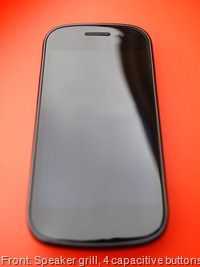



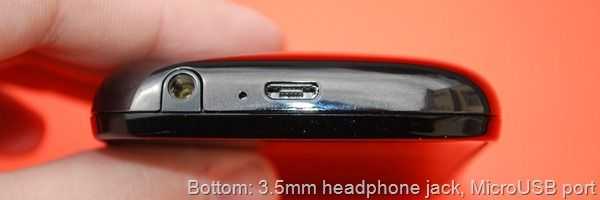

And that’s all! Yup, it’s a pretty simple phone.


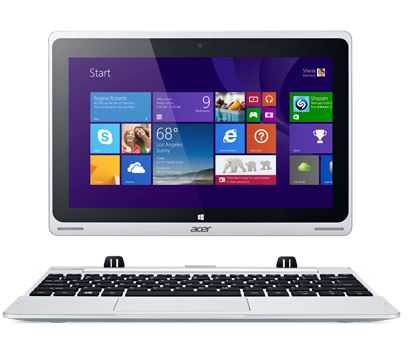
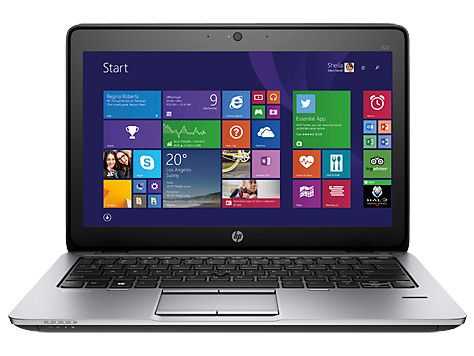
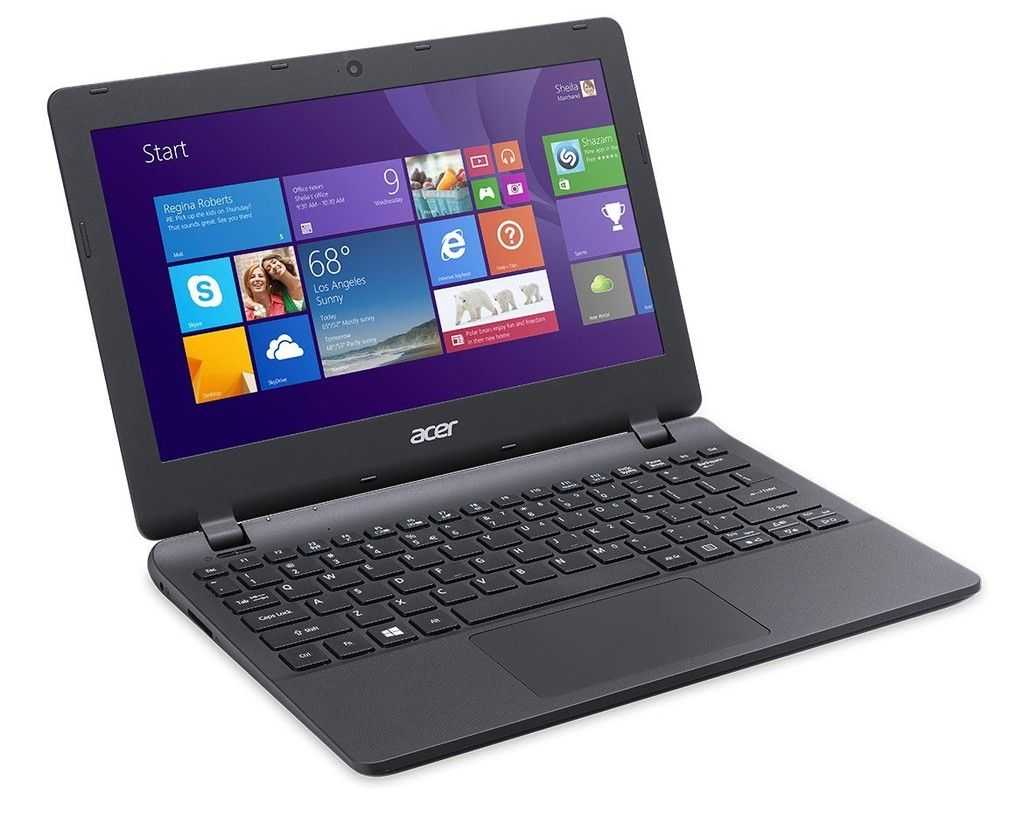

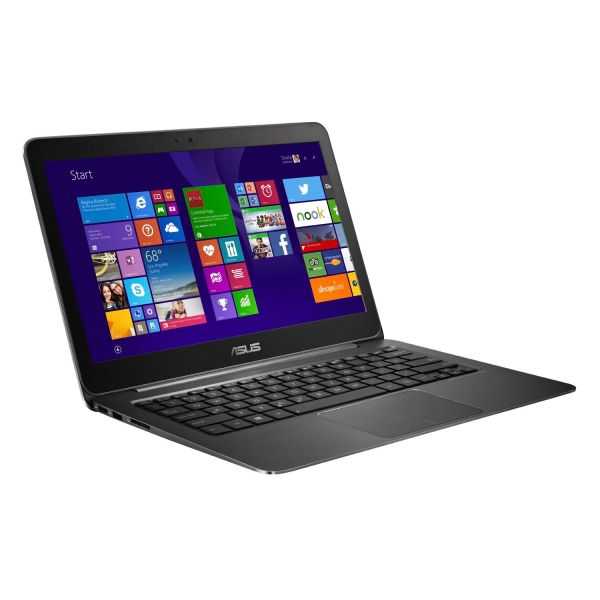
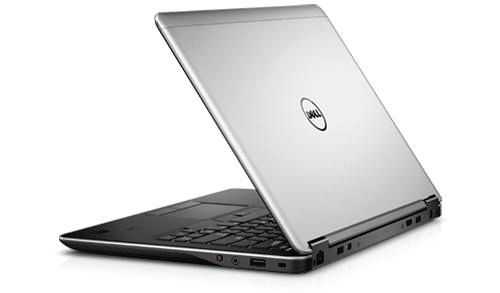

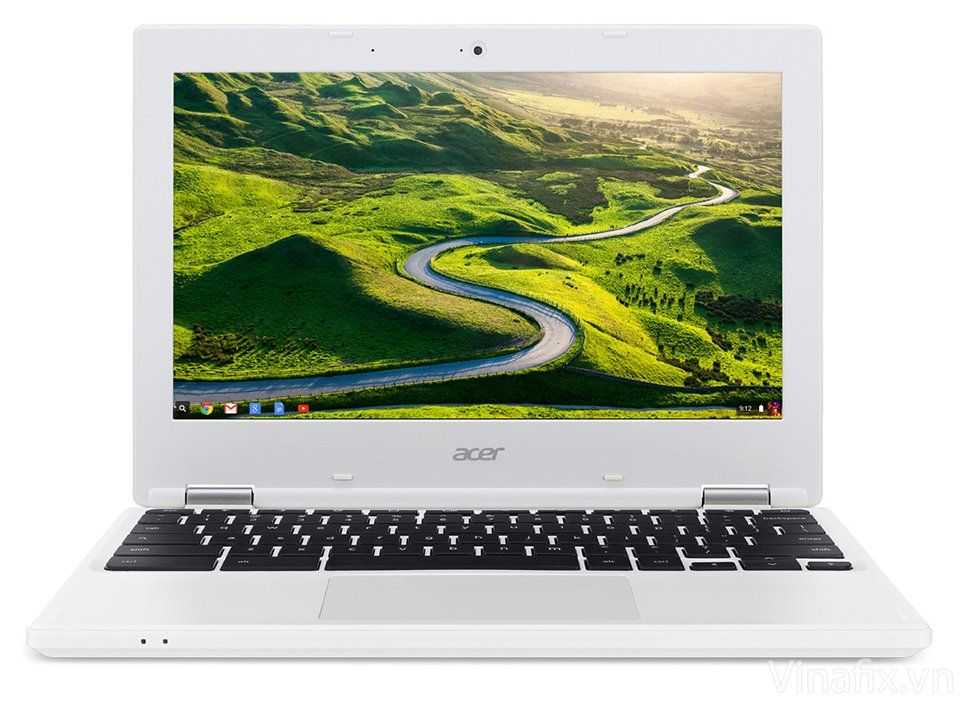
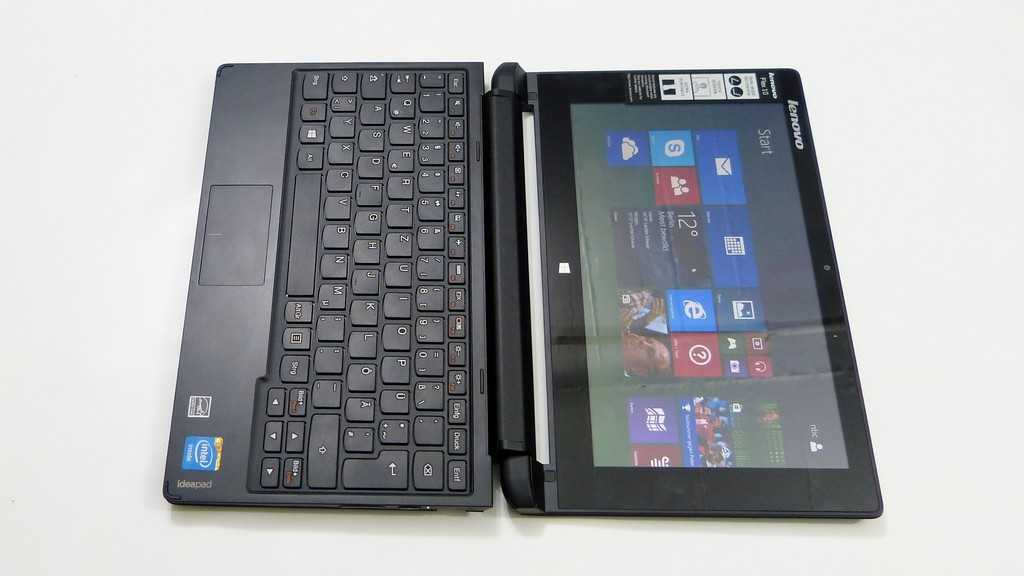
I Own one of these, coming from an N900 @ 1.2ghz for the last 2 years this device is a dream to use, and very very fluid (even at stock 1ghz, allthough i like it at 1.3ghz ;)
The “stand out” features that u mention are missing are all i nthe software of this lil beauty, a point thay has been sorely missed!
And the thing is very light, the main POSITIVE of having a plastic device, it does not feel cheap, it feels like all the other handsts sold over the last half a century, liek a PHONE!
I think apple has had a negative effect on far too many people (including this article writer).
Materials exist that are light, but don’t feel cheap: aluminium, carbon fiber, glass, etc.
The iPhone 4 is only 5% heavier than the Nexus S (4.6oz vs. 4.8oz), but feels way sturdier and has a more premium feel.
Even phones like the Droid X, which are completely plastic, just like the Nexus S, don’t feel cheap like the Nexus S does because the plastic is rubberized and feels rugged. It isn’t even necessarily the plastic that makes it feel cheap, it’s that the plastic is slick, untextured, and round. The Galaxy Tab, which is also all plastic, and made by the same company as the Nexus S, doesn’t feel as cheap. The back has some texture to it, and it just doesn’t feel as plastic and cheap as the Nexus S.
It isn’t that Apple has a negative effect, but it cannot be argued that they make well built devices, and even set the bar for what feels like a premium device. Back in the days of the iPhone 3G, the Nexus S would have felt nice comparatively, but now that mobile design has evolved and advanced, the same plastic devices are naturally going to feel cheap compared to newer devices with more advanced materials.
And I didn’t miss the point about the software. Android 2.3 is a bit better than Android 2.3, but currently, I don’t think it’s enough of an improvement to be called a “stand-out” feature. That being said, I did dedicate an entire section in the beginning of the review to the fact that the Nexus S benefits because of it’s Nexus status, and talked about this being an advantage at the beginning of the performance section.
I just wanted to point out that the reason that OLED screens appear to be off when displaying black is because they are. OLEDs produce their own light, unlike LCDs, which (incompletely) filter a white backlight.
But anyway, excellent review!
Hi Ben,
Yeah i agree some of the other materials mentioned can feel a little more solid to some extent, but to me this does not make a device feel expensive,
In my experience the more solid the casing, the more liekly the thing is to have a component failure when dropped (hence half the “goold old phones” being far more dropable than the new fandangled gadgets).
So whilst i see you angle, i have to disagree as my preference is the other way around. Not everyone needs something shiny or “feel good” to realise it’s merits, plastic is used in devices across the world for many reasons, i don’t thinks it’s quite as bad as it sounds myself.
And regarding software, its a MASSIVE standout in performance, you may not have pushed the dive enough to notice the dirrefence (heck most apps run on 1ghz regardless eh?).
My galaxy tab after exts mods for double the IO’s and many many tweaks puses 1700 quadrant (not the best of benchmarks i know ^^). but this little thing did that at stock!!
After some tweaking, and hacks i now have the nexus pushing 3500+ quadrant, and the actual speed using the device reflects this. it is twice as fast as the galaxy tab in any situation, and a quater of the size …how that’s not a amajor feature, or noted is beyond me.
Thanks for bringing the phone to your pages however, coming from my maemo n900 to this (something i was hesistant about) has actually shown me that i was holding back for too long.
Cheers,